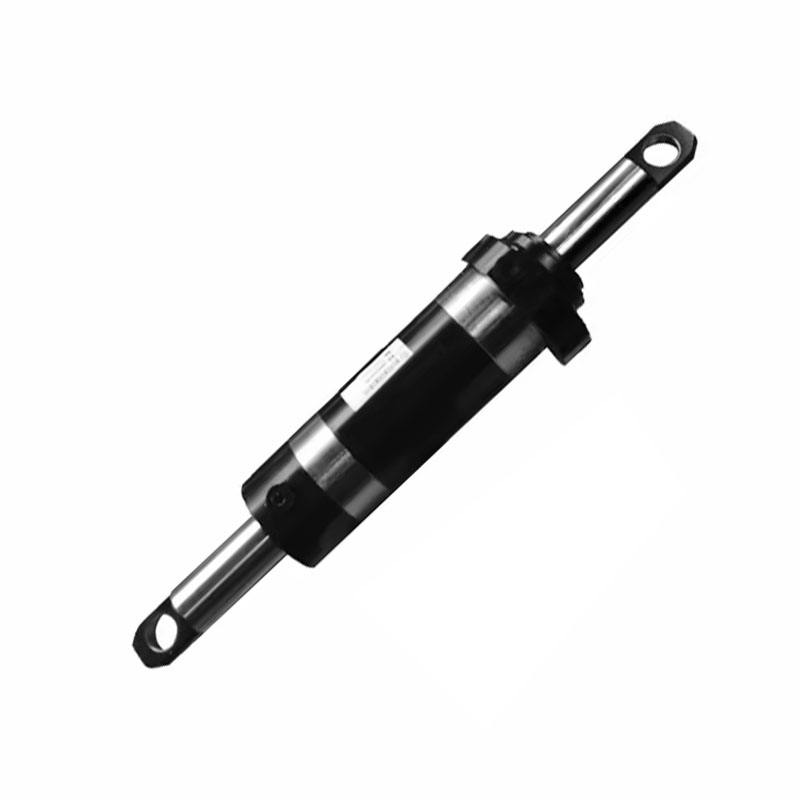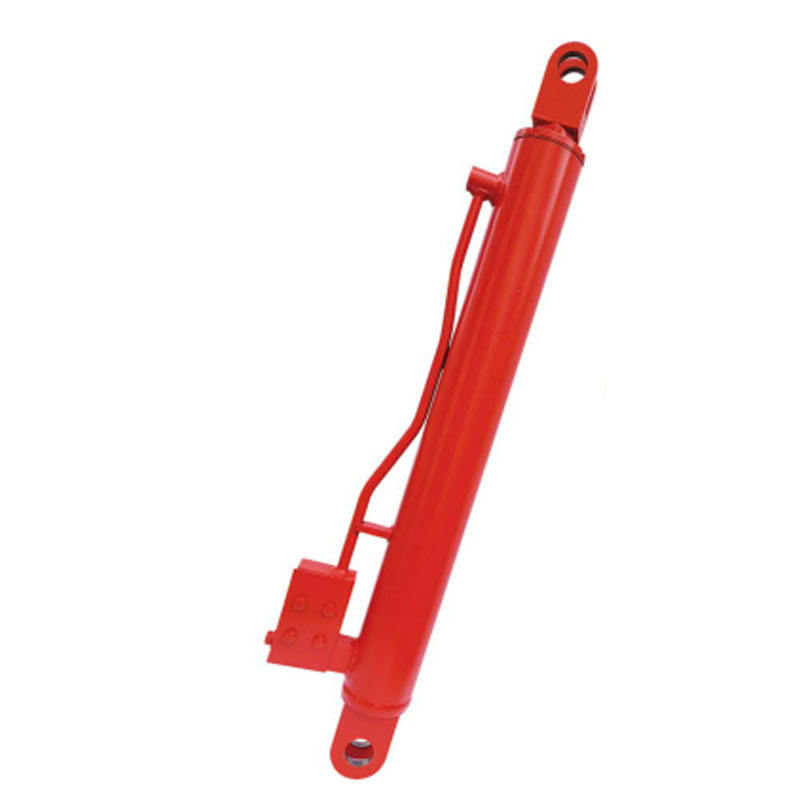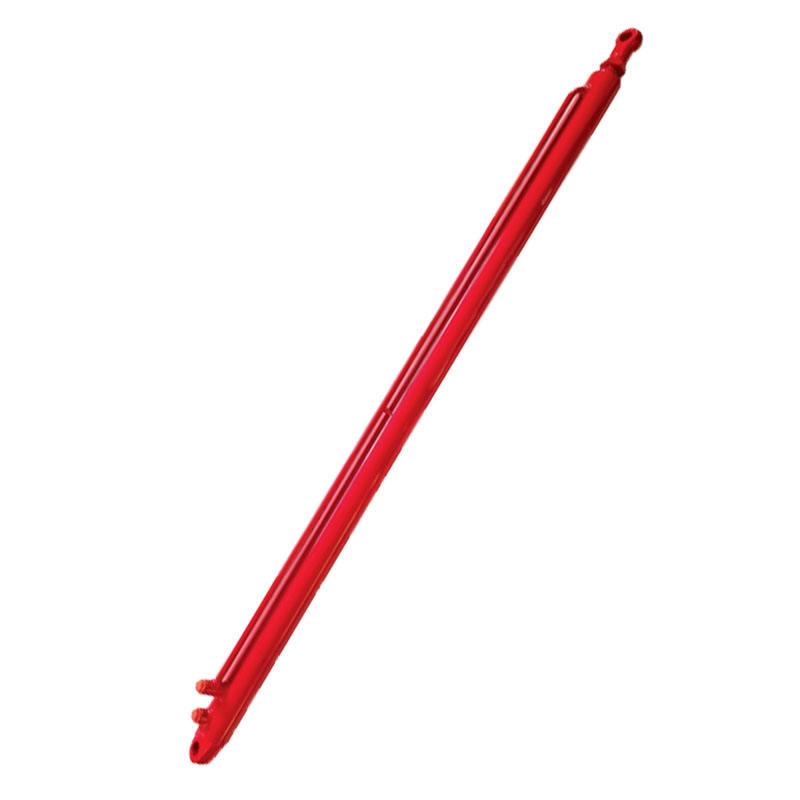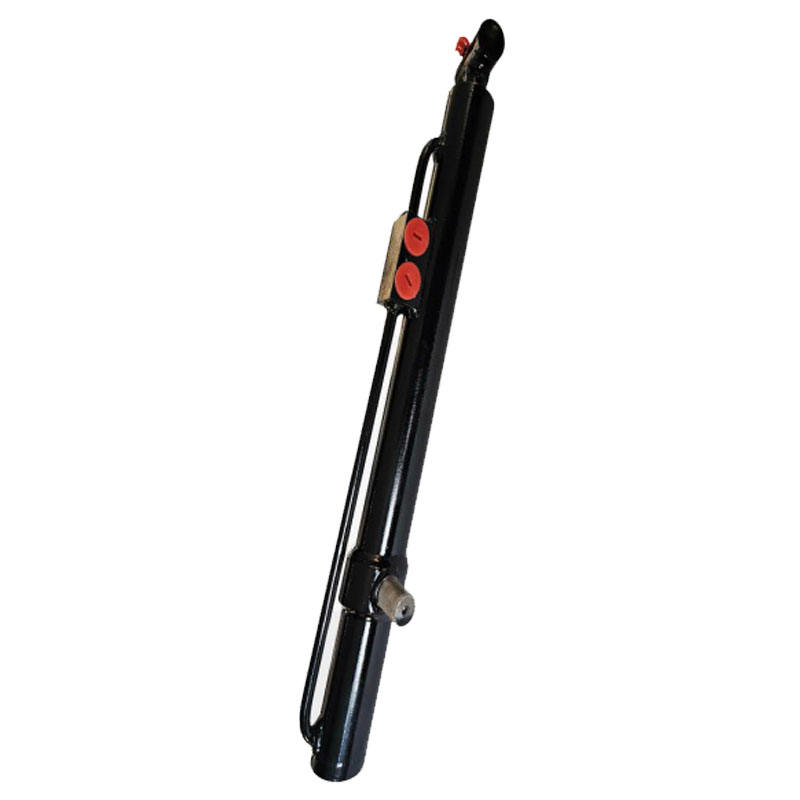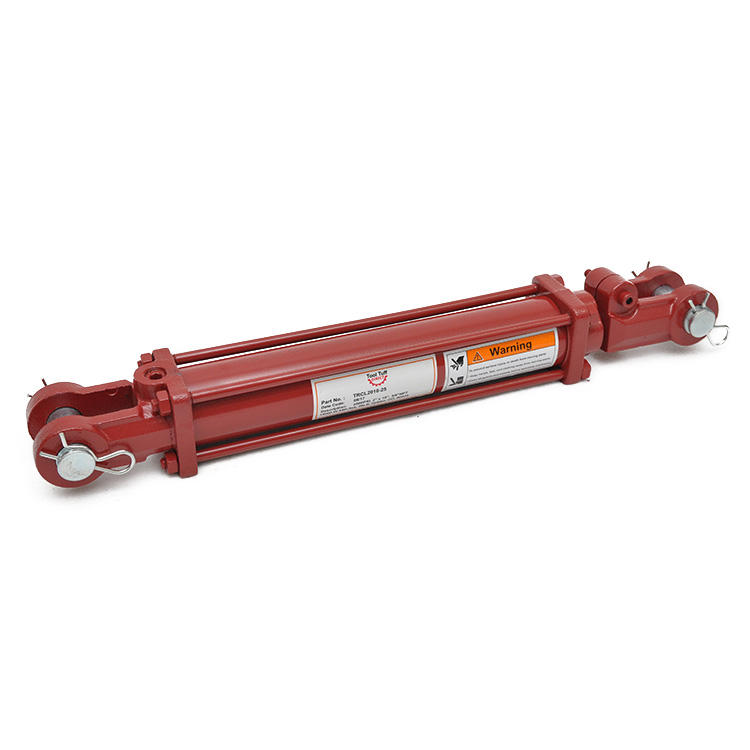Hydraulic cylinders are mechanical actuators that convert hydraulic energy into linear motion and force. They are essential components in various industries, including construction, manufacturing, and agriculture, providing powerful and precise movement for heavy machinery and equipment.
Our hydraulic cylinders are engineered to meet high standards of performance and durability. Below are the detailed specifications presented in lists and tables for clarity.
| Parameter | Range | Description |
|---|---|---|
| Bore Diameter | 1.5" - 24" | Determines the force output; larger bores provide higher force. |
| Stroke Length | 1" - 240" | Length of piston travel; customizable based on application needs. |
| Max Operating Pressure | Up to 5000 PSI | Maximum pressure the cylinder can handle without failure. |
| Rod Diameter | 0.75" - 12" | Size of the piston rod; affects stability and load capacity. |
| Mounting Type | Flange, Clevis, etc. | Method of attaching the cylinder to machinery. |
| Seal Type | Polyurethane, Nitrile | Material used for seals to prevent leaks and ensure longevity. |
| Material | Steel, Stainless Steel | Construction material for durability and environmental resistance. |
| Temperature Range | -40°F to 250°F | Operational temperature limits for reliable performance. |
Hydraulic cylinders are used in a wide array of applications due to their power and precision. Common uses include:
What is the typical lifespan of a hydraulic cylinder?
The lifespan varies based on usage, maintenance, and operating conditions. With proper care, such as regular fluid changes and seal inspections, hydraulic cylinders can last 10,000 to 20,000 hours of operation. Factors like high pressure, contamination, or extreme temperatures can reduce this lifespan.
How do I choose the right bore size for my application?
Select the bore size based on the force required. Use the formula: Force = Pressure × Area (of the bore). Calculate the area using π × (bore diameter/2)^2. For example, a 5-inch bore at 3000 PSI generates approximately 23,550 pounds of force. Consider safety factors and consult engineering specifications for accuracy.
What maintenance is required for hydraulic cylinders?
Regular maintenance includes checking for leaks, inspecting seals and rods for wear, monitoring hydraulic fluid levels and quality, and ensuring proper alignment. Lubricate moving parts as recommended by the manufacturer. Annual professional inspections can prevent failures and extend service life.
Can hydraulic cylinders be repaired if damaged?
Yes, most hydraulic cylinders can be repaired. Common repairs include replacing seals, rods, or barrels. It's often cost-effective to rebuild a cylinder rather than replace it, especially for high-end models. Always use genuine parts and follow manufacturer guidelines for repairs.
What are the signs of a failing hydraulic cylinder?
Signs include fluid leaks, reduced performance or slow operation, unusual noises like knocking or squeaking, visible damage to the rod or body, and erratic movement. Addressing these issues promptly can prevent further damage and downtime.
Are there different types of hydraulic cylinders?
Yes, main types include single-acting cylinders (force in one direction, return via spring or gravity), double-acting cylinders (force in both directions using hydraulic fluid), telescopic cylinders (multiple stages for long strokes), and tie-rod cylinders (common in industrial applications). Each type suits specific needs based on force, space, and budget.
How does temperature affect hydraulic cylinder performance?
Extreme temperatures can cause fluid viscosity changes, seal degradation, and material expansion or contraction. High temperatures may thin the fluid, reducing lubrication, while low temperatures can thicken it, increasing resistance. Use appropriate fluids and materials rated for your operating environment to maintain efficiency.
What safety precautions should I take with hydraulic cylinders?
Always depressurize the system before maintenance. Wear protective gear like gloves and goggles. Avoid exposing cylinders to high heat or flames. Ensure proper installation and mounting to prevent accidents. Follow all manufacturer safety guidelines and industry standards to minimize risks.
